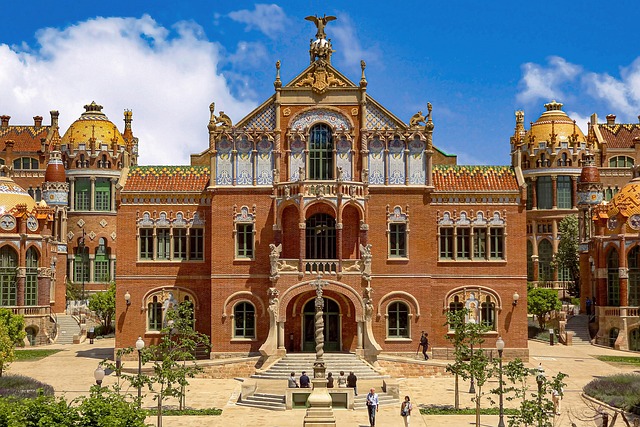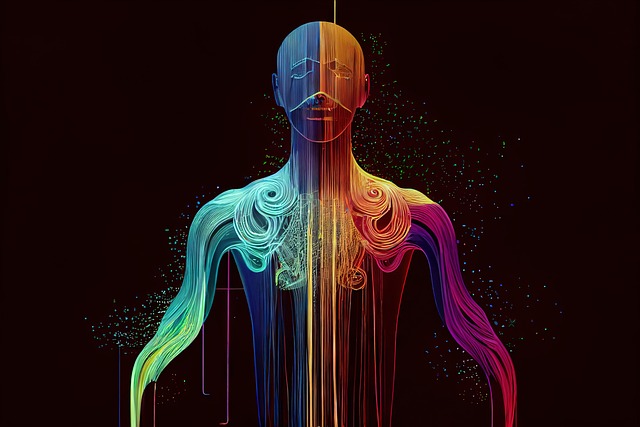Exploring the Influence of Modernism on Graphic Art and Design
The embrace of modernism marked a significant turning point in the realms of art and design. Its core philosophy sought to break away from traditional forms and conventions, giving birth to fresh perspectives and approaches that continue to shape our visual culture today. As we delve into the impact of modernism on graphic art and design, we uncover not merely a historical movement but an ongoing dialogue that resonates deeply with contemporary creators and audiences alike.
The Break from Tradition
Modernism emerged in the late 19th and early 20th centuries, illuminated by significant technological advancements and socio-political changes. Artists and designers rebelled against the elaborate ornamentation of previous styles, striving for simplicity, functionality, and abstraction. This departure was not merely aesthetic but a profound philosophical shift. The modernist ethos championed clarity, rationality, and the belief in progress, fostering an environment where graphic art could evolve into a powerful medium of expression.
Key Characteristics of Modernism in Graphic Design
One of the most recognizable hallmarks of modernist graphic design is the emphasis on geometric shapes and a limited color palette. The designs often reflect a minimalistic approach, as seen in the works of pioneers such as Piet Mondrian and El Lissitzky. Their influence is evident in contemporary branding and advertising, where clean lines and bold typography reign supreme.
Furthermore, the advent of new technologies, such as photography and printing techniques, allowed designers to experiment with form and content. Modernism encouraged the use of asymmetry and dynamic layouts, challenging the viewer’s perception and inviting them to interact with the artwork in a new way. This innovative spirit reverberates in today’s graphic design, where experimentation and conscious aesthetic choices define a project’s success.
Modernism’s Legacy in Contemporary Art
Even as we navigate the complexities of the 21st century, echoes of modernism persist in graphic art. Today’s designers often draw inspiration from modernist principles—favoring simplicity over saturation and striving for meaningful communication. The rise of digital media has only expanded these possibilities, allowing artists to push boundaries further than ever before.
Moreover, the modernist rejection of boundaries between different forms of art has paved the way for interdisciplinary collaboration. Graphic design now intersects with various fields like architecture, fashion, and even technology, creating a rich tapestry of influences and styles. This crossover encourages designers to think beyond the confines of traditional graphic art, resulting in an ever-evolving landscape that reflects our complex society.
Conclusion
In the exploration of modernism’s influence on graphic art and design, we see a vibrant interplay of ideas and approaches that continue to shape our visual experiences. By understanding the roots of modernism, we gain valuable insights into the fundamental principles that drive contemporary design practices, empowering us to appreciate the art around us in profound new ways.




